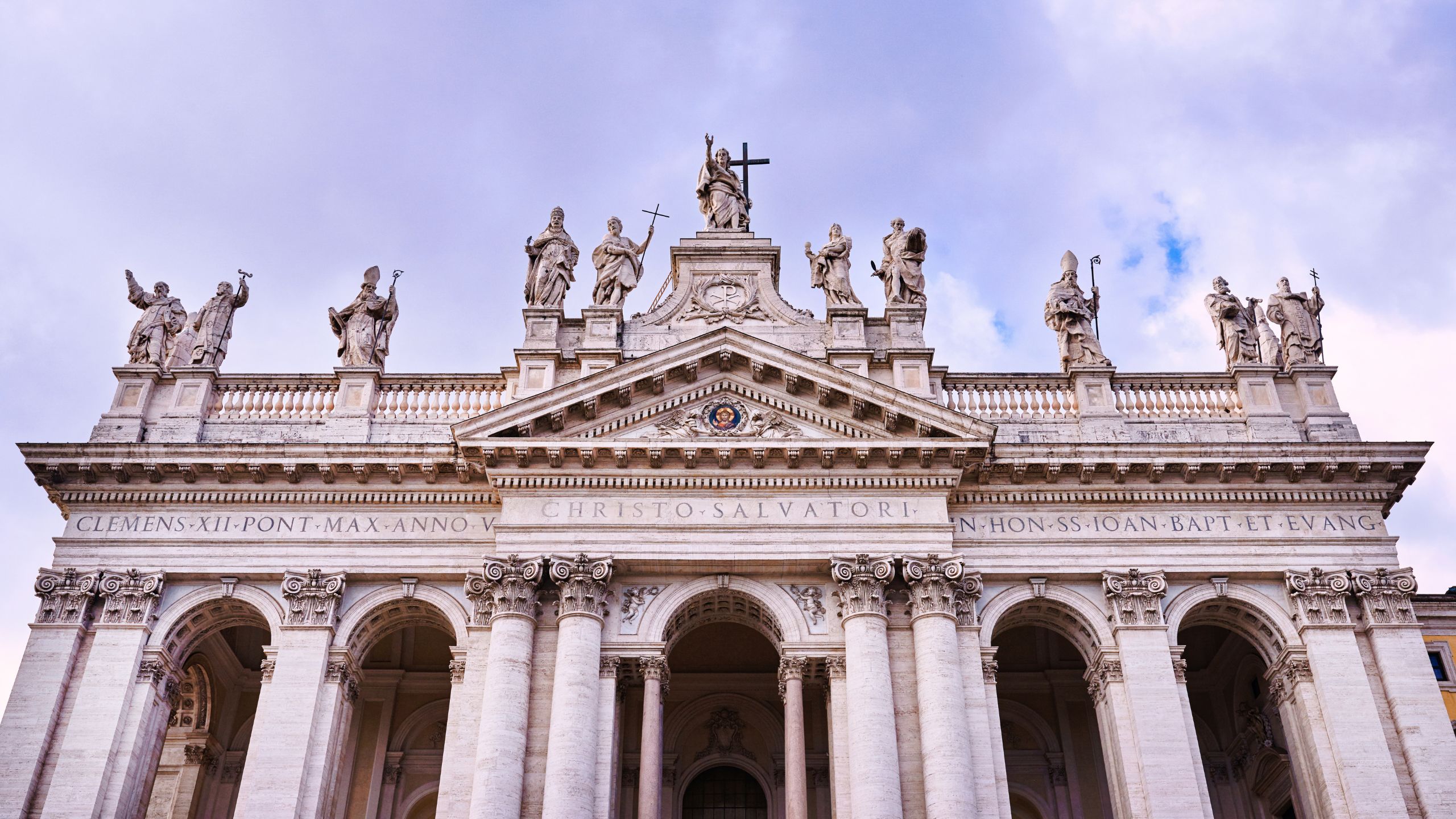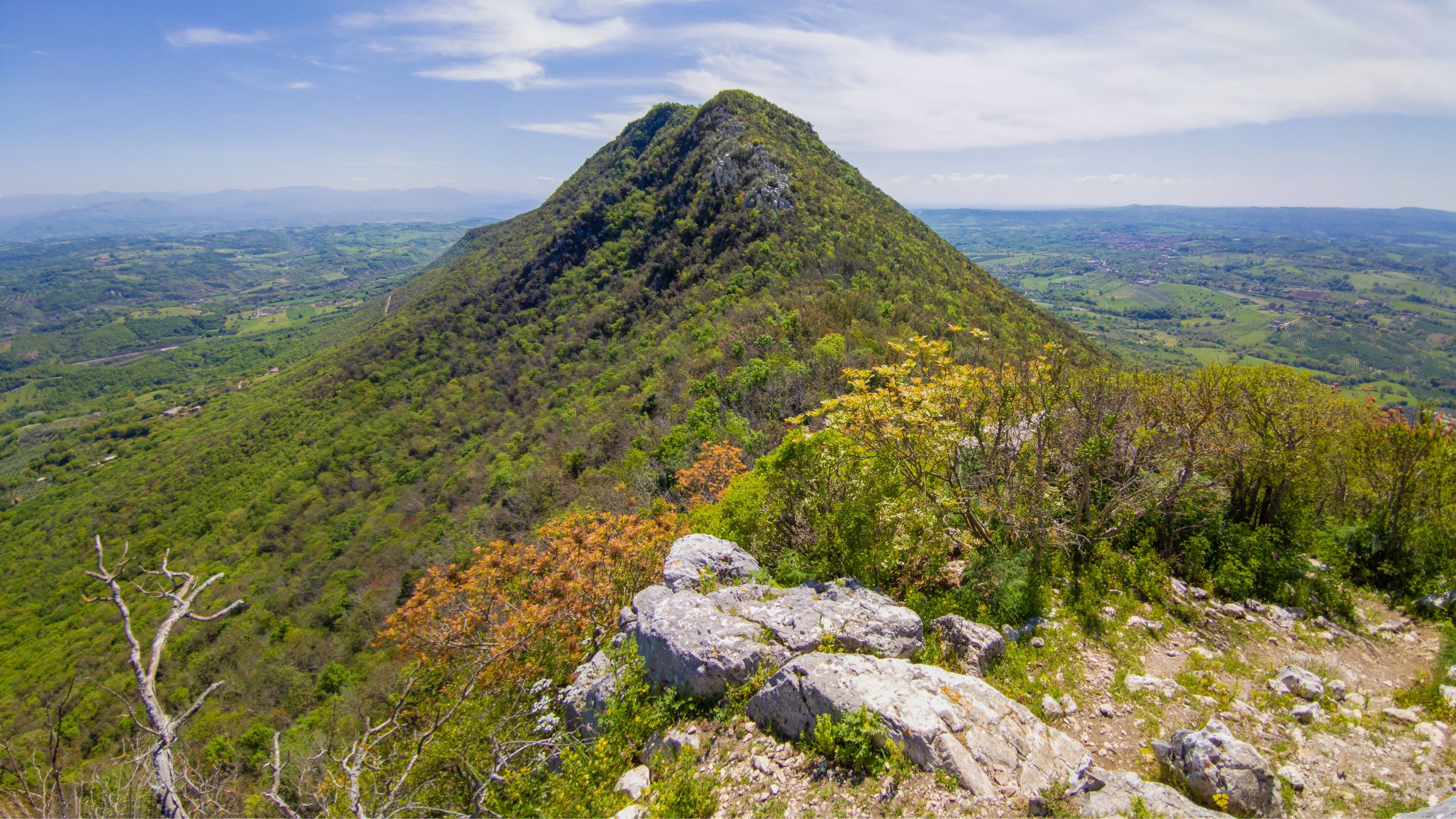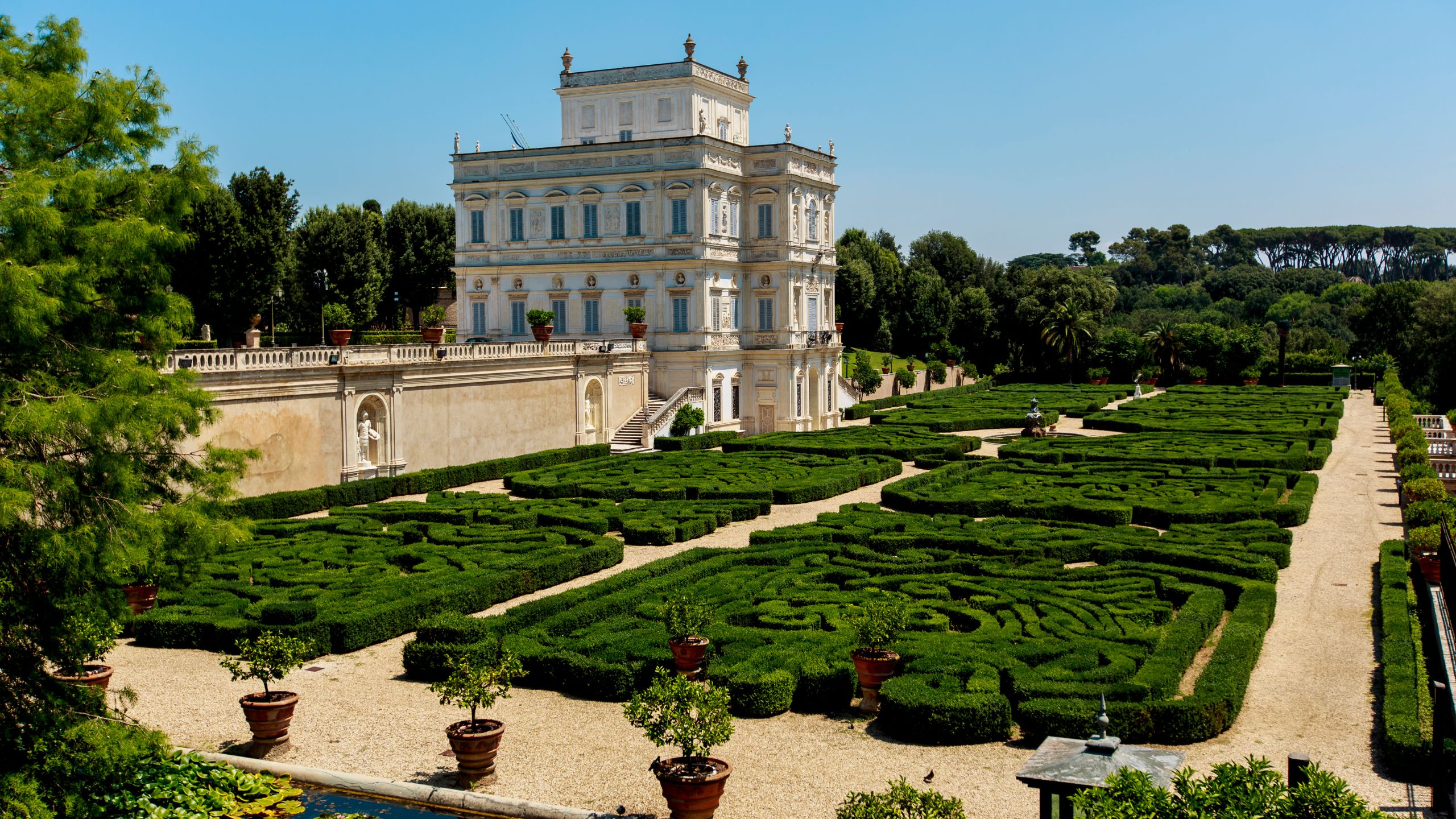The Cappella Sistina: more than four years to realize it, and 5000 square meters of masterpiece
The Cappella Sistina is one of the Vatican pearls, for Rome and for the entire world; for this reason, if you are in Rome, you can't miss to visit it.
This building, approximately 20 meters high, introduces a vault that is the centre of the Conclave.
The Cardinals meet there, behind closed doors, and vote for the new Pope.
It is dedicated to Maria Assunta in Cielo, is part of the Vatican Museums tour, and it was built, during Pope Sisto IV' pontificate, between 1473 and 1481.
The plan was realized by the architect Giovanni de Dolci, and the frescoes on the walls and on the ceiling are by Michelangelo, Perugino and Botticelli.
The vault of the Cappella Sistina
The Cappella Sistina, had various problems of stability, in 1504, and for this reason it was necessary to consolidate the vault.
Iron chains were built, but damaging the existing decorations.
Giulio II commissioned new frescoes to Michelangelo. Works began in 1508: at first, he had to realize twelve apostolic figures, but just some more than three hundred were visible at the end, (October 1512).
The history of the Genesis, Veggenti, Ancestors of Christ and many others are represented. The vault talks about the creation of the Universe and the man, his fall, the sin and the punishment.
Michelangelo used techniques such as the quadrature and the changing colour. The first one made him dividing the vault in three overlapped levels, and the central part in nine panels.
The second one allowed him to define the volumes without the chiaroscuro. It took advantage of luminous colours to give the images extraordinary effects. The central part talks about the Genesis.
There are prophets and and Sybils, on the thrones, on the long sides, and the figures of Giona and Zaccaria on the short sides.
Michelangelo's work had a stop in August 1510, for about one year, because the money wasy employed to organize the military campaigns against French people, by Giulio II. The work resumed in the autumn of 1511 and finished one year later.
The GIUDIZIO UNIVERSALE by MICHELANGELO BUONARROTI
The Giudizio Universale, made between 1536 and 1541, is one of the masterpieces by Michelangelo Buonarroti. It met Pope Clemente VII in 1533, that commissioned him the frescoes. The artist went to Rome, in 1534, to accept the assignment, but the Pope died. Its successor, Pope Paolo III, confirmed the plan: the Cappella Sistina had some modifications and some frescoes by Perugino were destroyed. Michelangelo alone decorated a surface of 200 square metres, with 391 figures, but its work was criticized even before its end: he represented not only the blessed souls rising to to the sky, but also figures engaged in fights, and the hell that calling them. There was a general dissatisfaction, because the protagonists of the scene were completely naked.
Daniele da Volterra, in 1564, received the assignment to censure any obscene element, but it admired Michelangelo so its intervention was so limited and the cover works were completed, in 1825.
According to a careful analysis, it seems Christ is not represented according to the traditional iconography: he has no beard and long hair, but he has Apollo's face, referring to the statue Julius II bought and took to the Vatican.
In the Giudizio Universale, there are also represented Dante's imaginary characters, including Charon and Minos.
The first makes the damned getting off the boat, having shuttled in front of the hell. The second points at the circles where everyone will be punished.
Minos, in the fresco, has the face of Biagio Martinelli da Cesena, who had heavily disputed the work, been so portrayed with donkey ears.
The most suggestive figure is San Bartolomeo: he is represented keeping his own skin in his hands - as well as he died skinned - and on that piece of skin, you can see Michelangelo's face.
THE SIDE FRESCOES
The side walls describe Moses' life and the Bible stories on one side, and the Gospel stories on the other one; you can also admire 28 images of dead martyrs.
Everything was built between 1481 and 1482, by a large group of artists including: Pietro Perugino, Pinturicchio, Sandro Botticelli, Domenico Ghirlandaio, Cosimo Rosselli and Luca Signorelli.
The theological purpose of this genre of representation was comparing Judaism and Christianity.
If you want to better understand these frescoes, then you must compare the image represented on the right and the corresponding one, on the left.
The first boxes describe Moses' circumcision and Christ's baptism, followed, in the second one, by the temptations of Moses.
The third panel represents the salvation of the Jewish people crossing the Red Sea and Jesus' call to the Apostles.
The fourth represents Moses receiving the tablets of the Ten Commandments and Jesus appears proclaming the Beatitudes in front of the people.
It also describes the healing of the leper by Jesus: leprosy, according to tradition, represents the sin and therefore Christ assumes the role of the Savior.
The fifth describes punishments assigned to rebels against the word of God and it affirms the absolute power of the Church.
Are then depicted the Punizione dei figli di Core and Consegna delle Chiavi a Pietro. The last panel is finally dedicated to Moses and Jesus' death: the first sits on the throne, persuading people of Israel to follow the laws of God; the second one is represented during the last supper.
You can, therefore, see Jesus praying in the garden, the kiss of Judas and the crucifixion of Christ.
Do you want to stay in Rome?
For this location we recommend Hotel Oxford, the ideal starting point to discover Rome!



